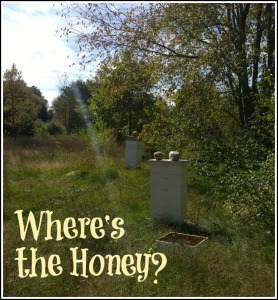We have one hive that is still alive. The Mountain Camp feeding method is working beautifully, but its success hinges upon a certain beekeeper (ahem, me) getting my butt out to the field to refill the sugar. Unfortunately, by the time life gave me the free time to do such a thing, two hives had starved out. I’m kicking myself daily for such an oversight.
The hive closest to our house, however, is still alive and strong. So this weekend, as we were watching the news report about sub zero wind chills and 45 mph winds, we started to worry about our remaining hive. I mean, we’re so close to spring! If only it could hold on a little longer!Continue Reading
